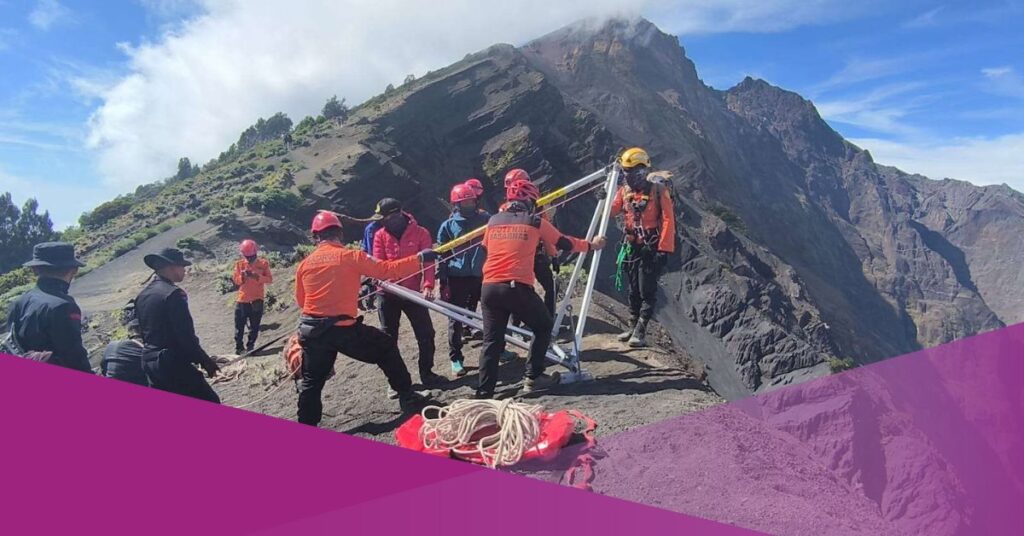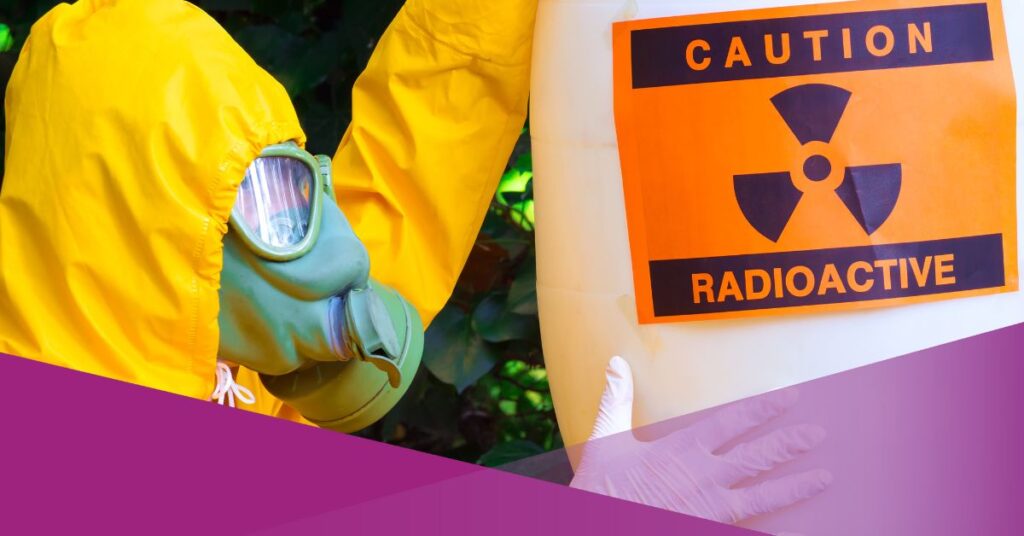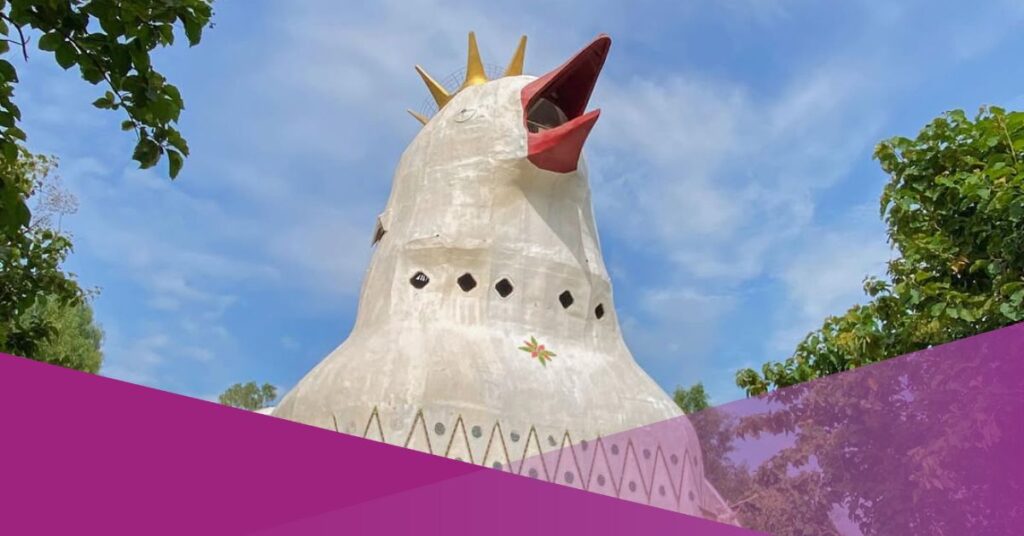Juliana Marins, a Brazilian climber who went missing on Mount Rinjani in West Nusa Tenggara (NTB), Indonesia, was confirmed dead after her body was located by a joint search and rescue (SAR) team on Tuesday, 24 June 2025.
Her body was discovered at a depth of approximately 600 metres in a steep ravine near the Cemara Nunggal point.
The Head of the Mataram SAR Office, Muhamad Hariyadi, confirmed the discovery and provided further details on the operation.
“One of the personnel managed to reach the victim’s location in the ravine on Tuesday, June 24, at around 18.00 Wita, at the datum point,” he said, as reported by Antara on Wednesday, 25 June.
“After an initial examination, no signs of life were found on the victim,” Hariyadi added. Three additional SAR personnel descended to the location and confirmed the fatality.
The body was subsequently wrapped in preparation for evacuation.
The SAR team stationed at the last known position (LKP), where the victim was last seen, began preparing an evacuation plan. Seven SAR members established a flying camp near the site.
Three personnel were positioned at the second anchor point, approximately 400 metres down, while four others reached the victim’s location at 600 metres.
However, the initial evacuation attempt had to be postponed due to poor weather conditions and limited visibility.
“The evacuation process will continue this morning, Wednesday [25 June], with the plan to lift the body first to the top [LKP],” said Hariyadi.
Following this, the team intends to transport the Brazilian climber body via stretcher along the established climbing route to the Sembalun Post. From there, a helicopter will evacuate the body to Bhayangkara Hospital of the NTB Police for further handling.
“The entire team hopes that the evacuation process that will be carried out this morning can run smoothly and safely as planned,” he stated.
Hazardous Terrain at Cemara Nunggal Under Scrutiny
Mount Rinjani, standing at 3,726 metres above sea level, is a popular destination for both Indonesian and international climbers.
However, parts of the ascent, particularly from the Sembalun Plawangan route to the summit, pose significant challenges. The location of Marins’ fall, Cemara Nunggal, is regarded as one of the most hazardous points on the route.
The path in this area is described by local guides as narrow, steep, and flanked by deep ravines. The terrain is rocky and poorly lit, especially during early morning summit attempts.
Climbers usually aim to reach the summit around 2 or 3 a.m., which can add to the risk if one loses focus or deviates from the path. At times, the track appears to widen, leading to potential confusion and missteps.
Cemara Nunggal directly overlooks the Segara Anak crater lake, and the summit area itself is notably narrow, requiring climbers to take turns. It was at this precise location that Juliana Marins reportedly fell on the morning of Saturday, 21 June 2025, at around 06.30 Wita.
Her position was identified the following Monday morning, 23 June, using thermal drone technology. She was found lodged on a 500-metre rock face and unresponsive.
Difficult terrain conditions initially forced the SAR team to pull back. The presence of two large overhangs made it impossible to secure anchors for rescue ropes. Consequently, the team had to resort to vertical climbing techniques for further access.
The tragedy has drawn considerable attention from the Brazilian public. Instagram accounts belonging to Indonesian President Prabowo Subianto, including his official profile @presidenrepublikindonesia, received thousands of comments from Brazilian users urging immediate action.
“WHERE IS JULIANA? Why are you lying about her rescue?” commented @carolinablini. Another user, pleaded, “President, please! Save Juliana!” The combined posts attracted more than 11,000 comments, many written in English and Portuguese, placing the incident under international scrutiny.





































